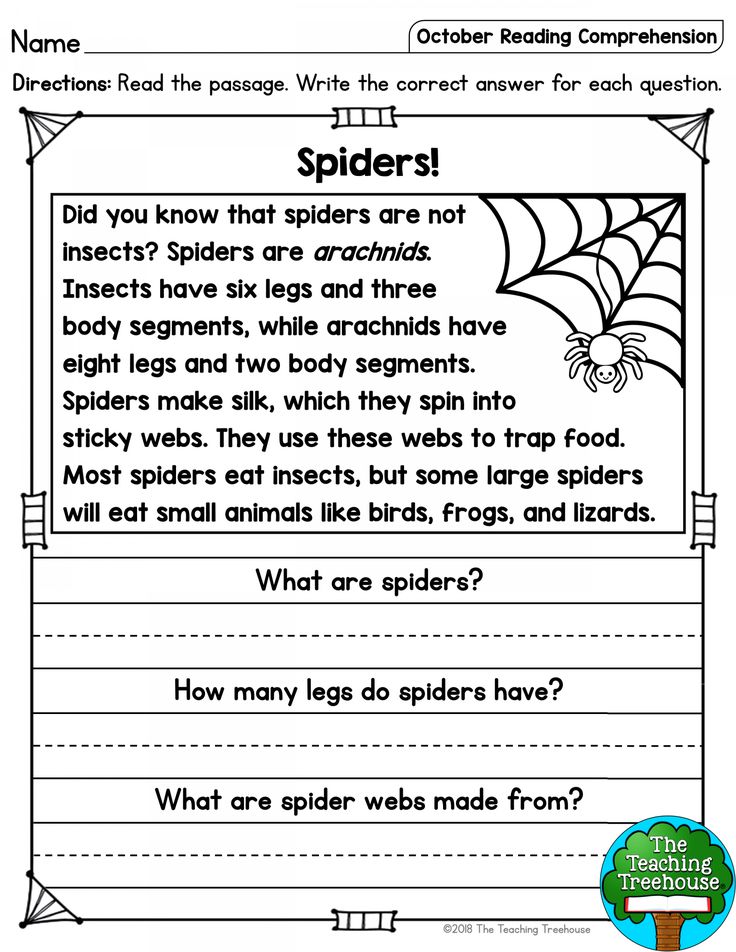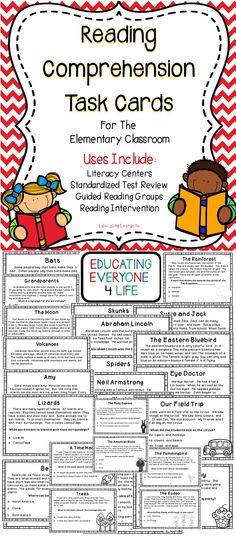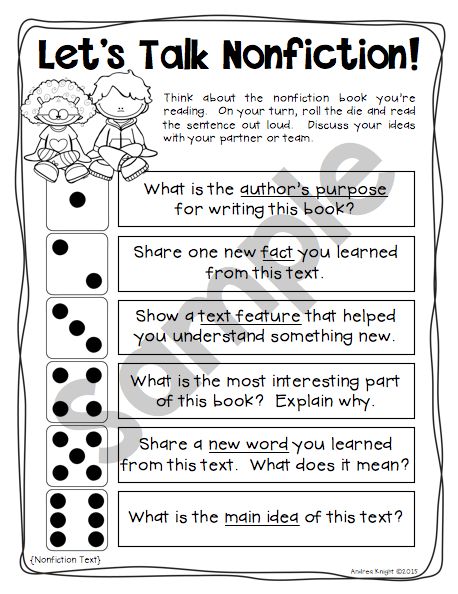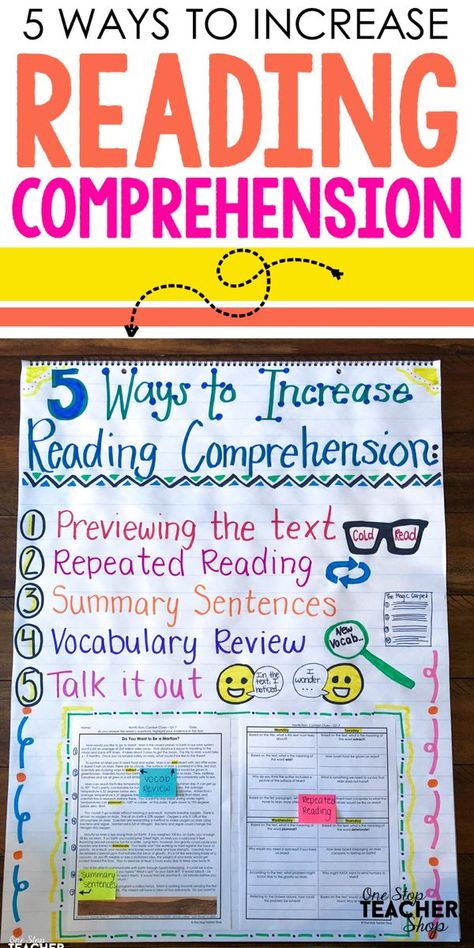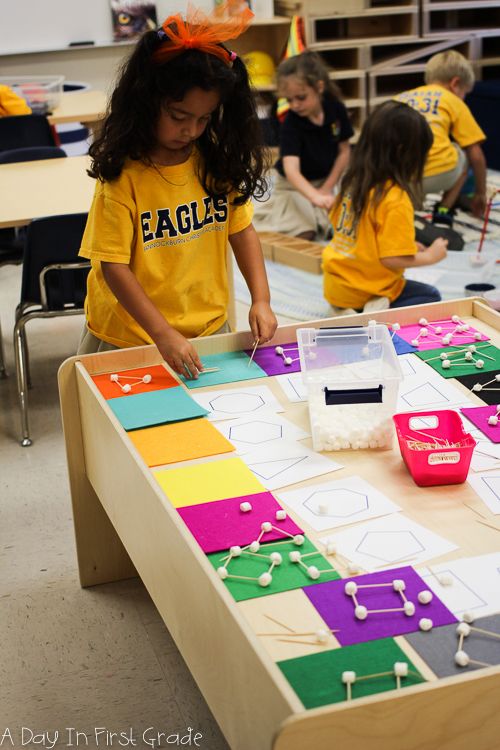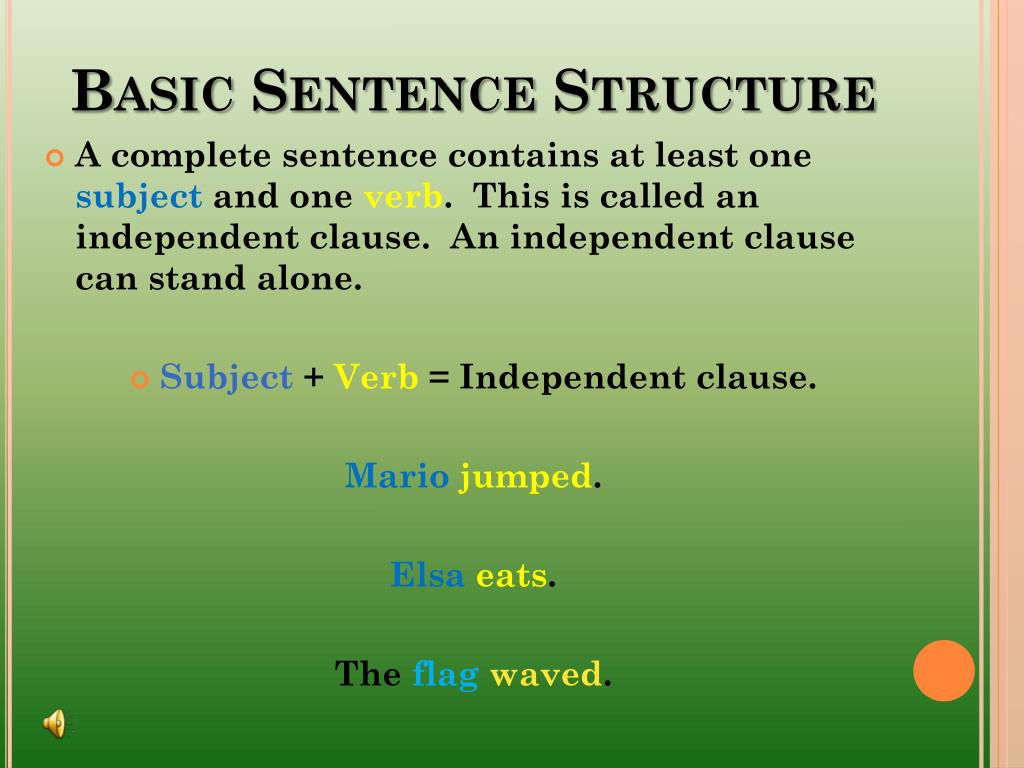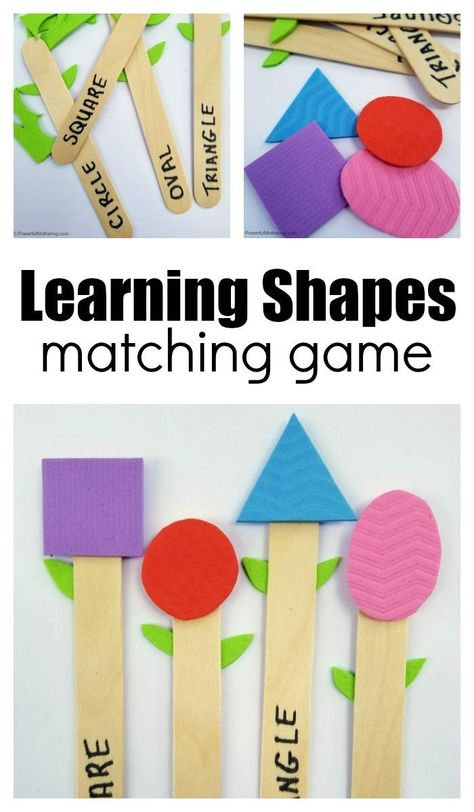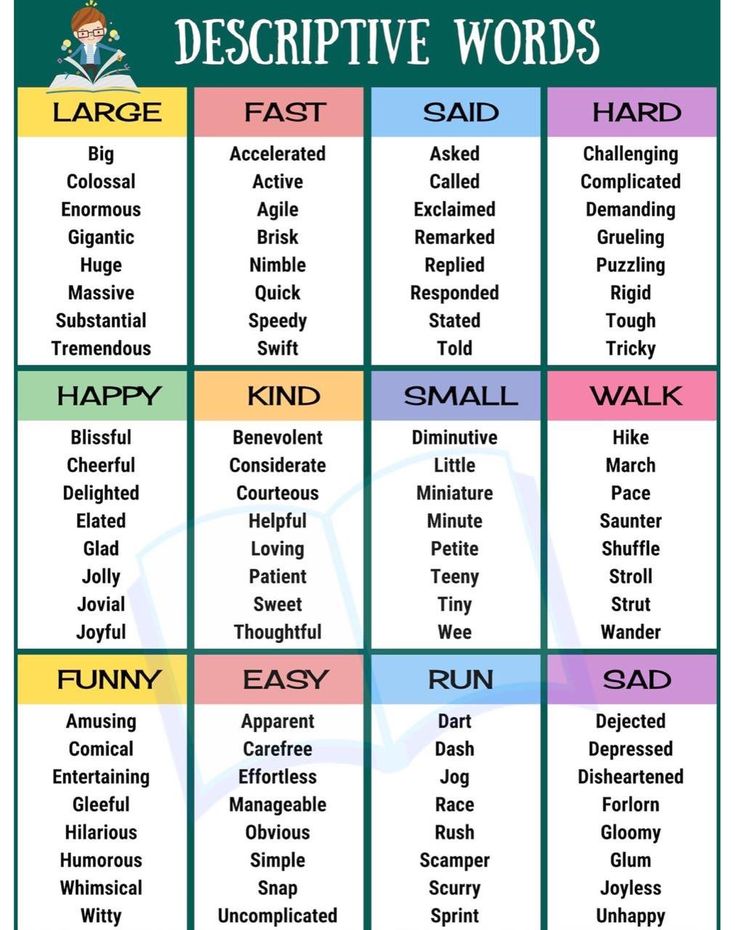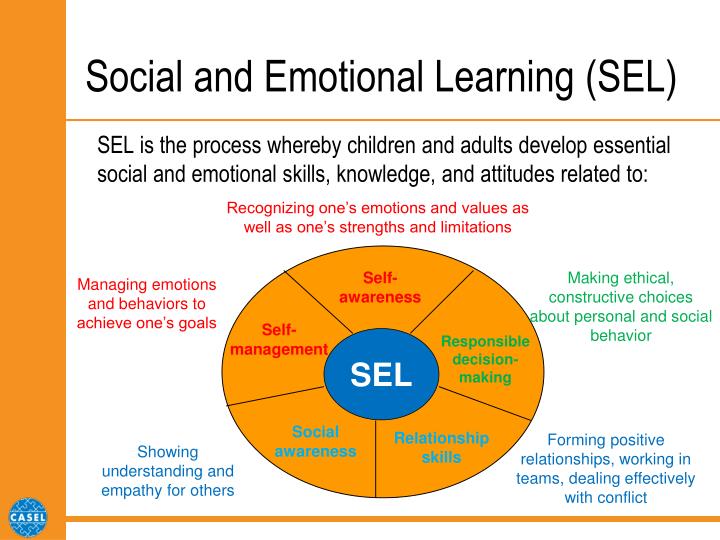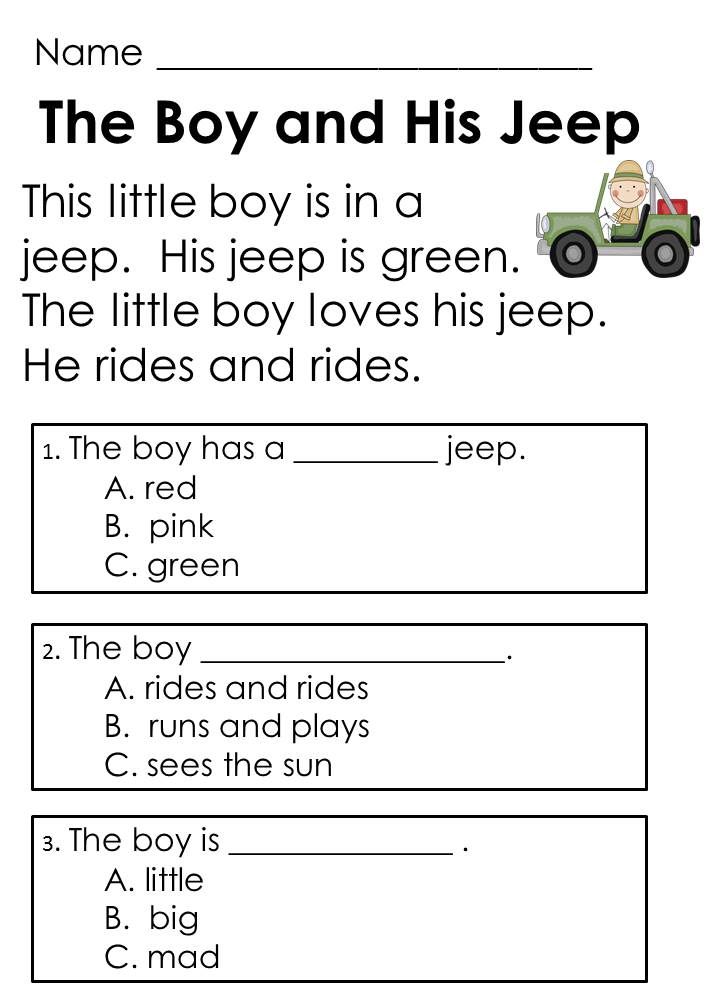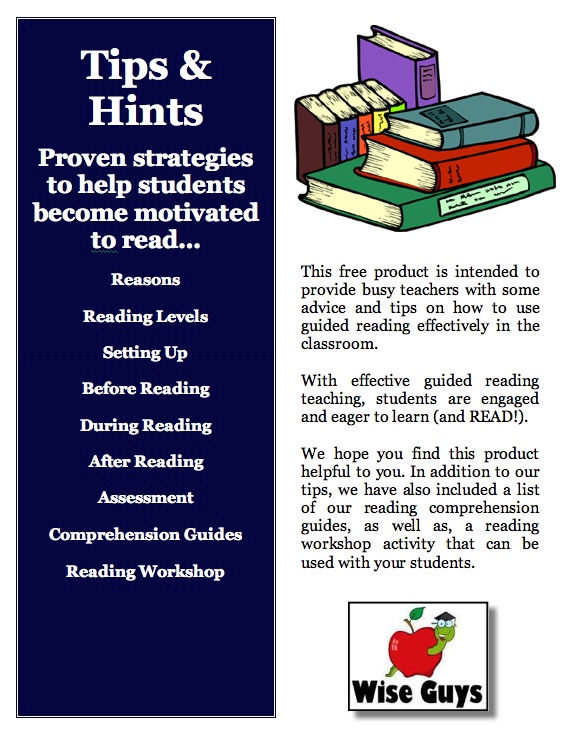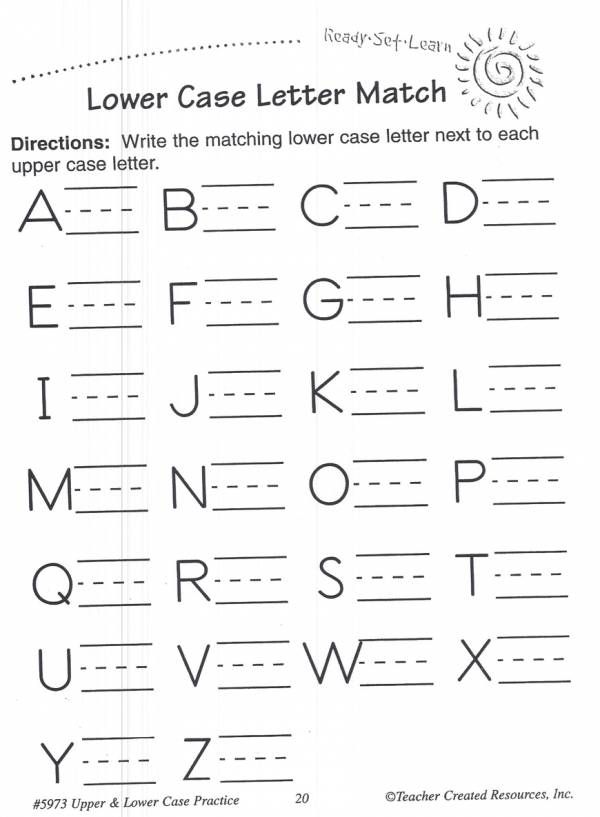6 strategies for reading comprehension
Super Six Comprehension Strategies: Definitions and Resources
Comprehension might just be the most important part of learning to read. After all, reading comprehension supplies all the meaning to those letters and words, right? So what are the reading comprehension strategies that can help your students develop a true understanding of the texts they’re consuming in your classroom?
You’re likely to see a few numbers out there on lists of reading comprehension strategies. Some teachers swear by a list of seven, others the “high five” strategies that they say are key to comprehension for young readers. But we’re going to focus on six strategies that the teachers on our team have all used and all recommend for teaching reading!
Download a set of Interactive Google Slides to help students build their reading comprehension skills!
Sometimes called the “super six” reading comprehension strategies, these are all used commonly in classrooms today and can help students better understand their reading materials and learn to pay close attention to details.
1. Making Connections
Also called activating prior knowledge or schema, this strategy focuses on teaching students to make connections between a text and their own experiences and understandings. Research into the science of reading has shown enhanced comprehension when students are able to connect new information and information they already know.
This comprehension strategy can be framed within these three concepts:
- text to self
- text to text
- text to world.
Students can ask themselves how the text may relate to something in their life, to another text that they know, or to something from the real world.
If you’re looking to implement this strategy, try these teacher-created Making Connections Activities & Resources:
teaching resourceWhat's the Connection? WorksheetReview 10 writing examples and identify the type of text connection demonstrated in each: text-to-text, text-to-self, or text-to-world. teaching resourceReading Response Template – Making ConnectionsA reading response template for students to make connections with a piece of text. 1 pageGrades: 3 - 6teaching resourceMaking Connections Graphic OrganizerA graphic organizer for students to record text-to-self, text-to-text, and text-to-world connections. 1 pageGrades: 1 - 5 |
2. Predicting
With this reading comprehension strategy, students use “clues” from the text combined with their own knowledge and experiences to anticipate what will happen next. As they read, students gain more information and use that to revise their predictions.
Looking to develop prediction skills in your classroom? Try these teacher-created Prediction Activities & Resources:
teaching resourceMaking Predictions Task CardsA set of 10 task cards to practice making predictions. teaching resourceNovel Study - Making Predictions WorksheetA worksheet to assist students in making predictions before reading a novel. 1 pageGrades: 4 - 6teaching resourceMaking Connections Graphic OrganizerA graphic organizer for students to record text-to-self, text-to-text, and text-to-world connections. 1 pageGrades: 1 - 5 |
3. Questioning
In this comprehension strategy, students ask and answer questions to clarify the meaning of the text and deepen their understanding. When you center questioning activities around the familiar open-ended prompts of who, what, when, where, how, why, and which, students assert their understanding and identify any gaps in their comprehension of the text.
Questions can be posed by a teacher, by their peers, or by the students themselves.
Put questioning front and center for your students! Try these teacher-created Questioning Activities & Resources:
teaching resourceReading Response Template – QuestioningA reading response template for students to ask questions about a piece of text. teaching resourceQuestion Starter DisplayA classroom display to encourage questioning in the classroom. 4 pagesGrades: 2 - 5 |
4. Monitoring Comprehension
When monitoring comprehension, students reflect on and assess their understanding as they progress through the text. In this metacognitive process, students may ask themselves questions like “Is this making sense?” or “Do I need to read this again?”
Some comprehension strategies that may be effective may include going back to reread a section of a text, slowing down or speeding up your reading rate, and using text features to help understand difficult parts of a passage. All of these strategies are active reading strategies that students can do to help them better understand what they are reading, while they are reading!
While the process of monitoring asks students to identify hurdles and barriers, students also benefit from connecting this reading comprehension strategy with explicit strategies to help them past their hurdles.
Work on monitoring with your class! Try these teacher-created Monitoring Comprehension Activities & Resources:
5. Visualizing
Visualization provides both teachers and students with another means to extend their exploration of a text and deepen understanding. This reading comprehension strategy asks students to create and describe an image in their mind, centered around a place, situation, or character in the text. Visualizing has been proven in research to improve student recall!
Using the five senses is a great way to scaffold student comprehension through visualizing.
Help your students practice their visualizing skills! Try these teacher-created Visualizing Activities & Resources:
teaching resourceReading Response Template – VisualizingA reading response template for students to visualize a piece of text. 1 pageGrades: 3 - 6 |
6.
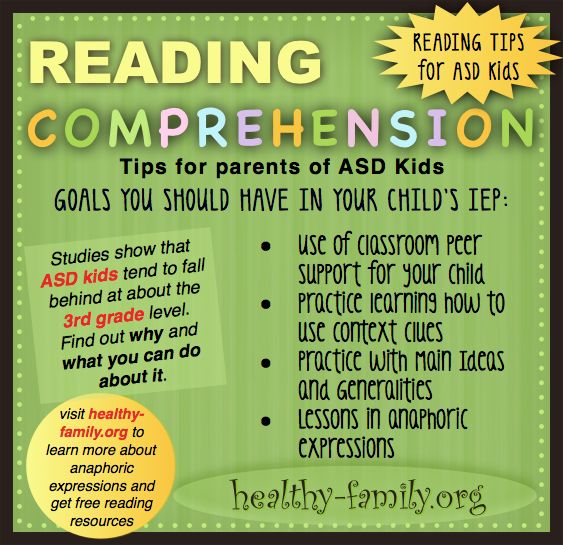 Summarizing
SummarizingSummarizing is a reading comprehension strategy that asks students to reflect on the text and communicate their understanding of it. A well-formed summary is made up of the main idea of the text and the key details that support the main idea, showing that the student has understood what they’ve read well enough to write a summary that’s not merely a repetition of the text.
When summarizing, students may complete one or more of the following:
- recount the text in their own words
- identify the main idea, topic, or purpose
- list key words or phrases
- identify structural elements of the genre
Using the SWBST process can help students with this reading comprehension strategy. The steps in the SWBST process are:
- Somebody
- Wanted
- But
- So
- Then
Boost those summarizing skills! Try these teacher-created Summarizing Activities & Resources:
teaching resource#SUMitUP Summary ActivitySummarize fictional text through this whole-class station activity. teaching resourceSummarizing Graphic OrganizerA chart to practice using the SWBST strategy to write a summary for a fictional piece of text. 1 pageGrades: 4 - 6 |
Explore hundreds of comprehension skills activities and resources ready to be added to your teacher toolkit!
Best Practices in Reading Comprehension: 6 Strategies to Teach Students
Learning how to read may be a challenging endeavor that can frustrate even the most determined students. While decoding words on a page is one thing, comprehending what is being read is something else entirely. This difficulty can exist for accelerated readers, striving readers, and everyone in between.
To help students build both reading fluency and comprehension skills, various strategies should be used. Research shows that using a combination of techniques to improve reading comprehension is ideal.
There are six main types of comprehension strategies available for use in the classroom, and each provides its own unique set of benefits for various types of learners. While the ultimate goal of teaching children to read is to help them attain comprehension skills, the building blocks for doing so are recognition, decoding, and fluency. Without these building blocks in place, students cannot comprehend what they read. They require comprehension to acquire knowledge or express their ideas, whether through written or spoken words. Reading comprehension strategies aid students in attaining those crucial building blocks and, ultimately, comprehension.
While the ultimate goal of teaching children to read is to help them attain comprehension skills, the building blocks for doing so are recognition, decoding, and fluency. Without these building blocks in place, students cannot comprehend what they read. They require comprehension to acquire knowledge or express their ideas, whether through written or spoken words. Reading comprehension strategies aid students in attaining those crucial building blocks and, ultimately, comprehension.
It’s important to recognize signs of students who have acquired comprehension skills. Readers who understand what they read are able to:
-
Interpret and evaluate events, ideas, dialogue, and information
-
Connect information to ideas they already have and facts they already know
-
Adjust their knowledge to include new ideas
-
Reframe their knowledge to look at their ideas from a different perspective
-
Determine the most essential details of a passage
-
Understand and describe underlying meanings
When students comprehend what they read, they can predict, infer, and seek answers to questions that arise.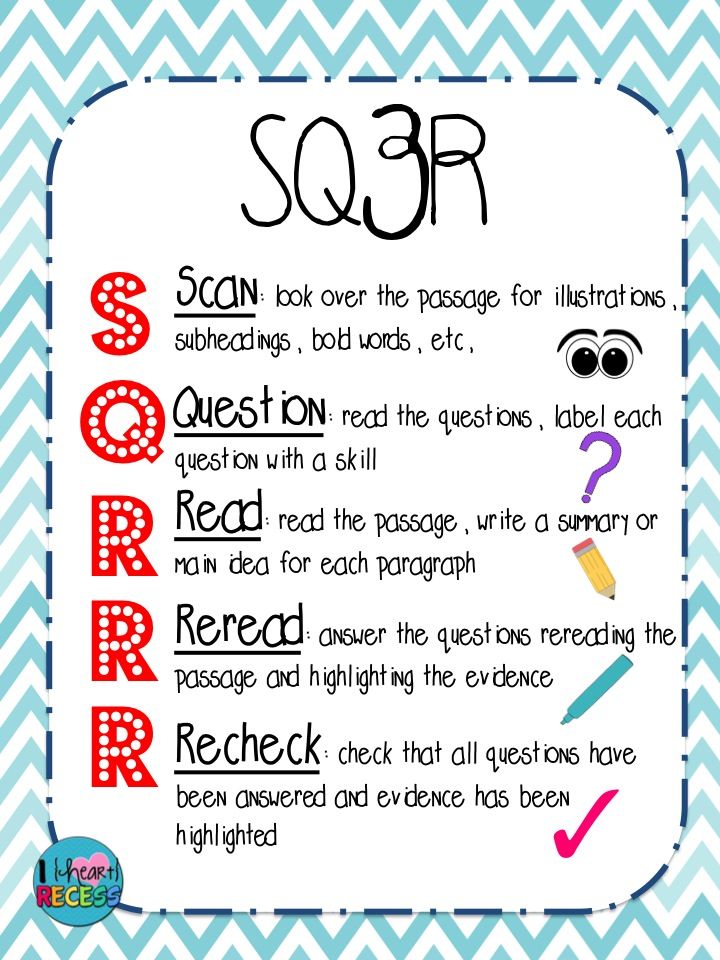 A reader who comprehends should be able to recognize deeper meanings as they review and re-read portions of text.
A reader who comprehends should be able to recognize deeper meanings as they review and re-read portions of text.
There are six types of strategies to improve reading comprehension:
While three of these strategies (making connections, asking questions, and visualizing) are typically easy for learners to grasp, the others are often more challenging.
1. Making Connections
When readers can connect the topic or certain information to what they already know about themselves or the world, they relate to the text.
2. Asking Questions
Asking questions and searching for the answers is an effective reading comprehension strategy. Readers can ask questions about what they have read, assess their own reactions, and infer the author’s reason for writing the text.
3. Visualizing
Being able to visualize or imagine events from a text in their minds is very helpful for students.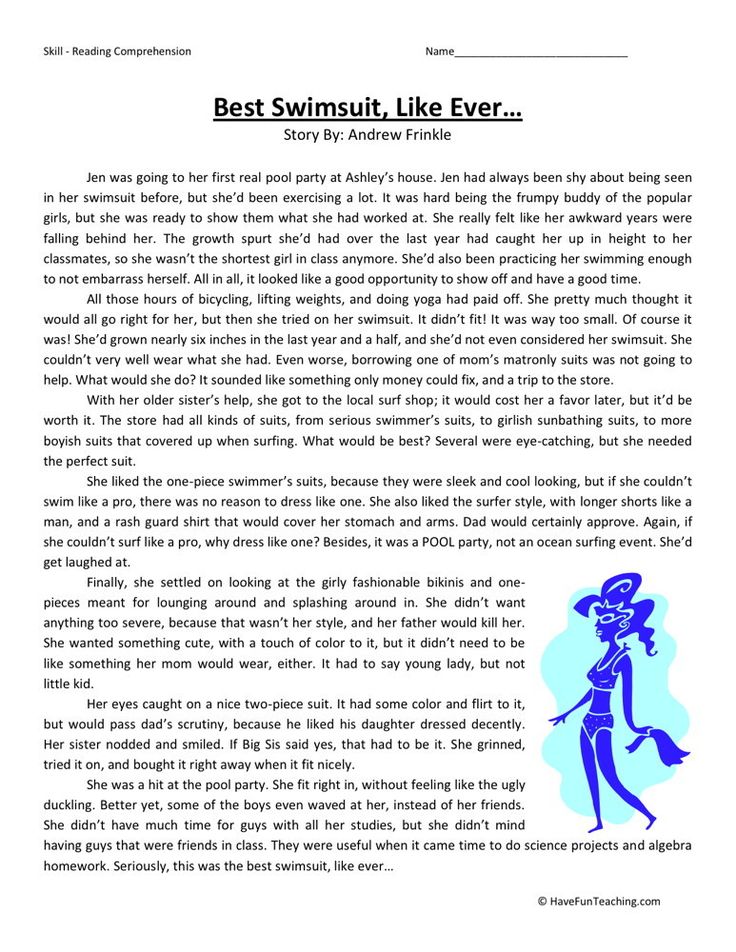 When they can visualize what is happening, it makes the printed word more “real” and easier to comprehend and remember.
When they can visualize what is happening, it makes the printed word more “real” and easier to comprehend and remember.
4. Determining Text Importance
It can be difficult for readers to separate what is important to the story vs. what is interesting to them. They must learn to distinguish between fact and opinion, recognize cause-and-effect relationships, and compare ideas and information.
In addition, readers must learn to pinpoint conflicts, problems, and solutions, identify steps involved in processes, locate information or answers to questions, and summarize what they have read.
5. Making Inferences
When readers can make inferences, they merge clues within what they have read with prior knowledge they’ve attained. They will be able to answer questions that lead to conclusions regarding underlying themes and ideas.
6. Synthesizing
When readers can take new information from texts and combine it with their existing knowledge, they can hone their skills in reading comprehension.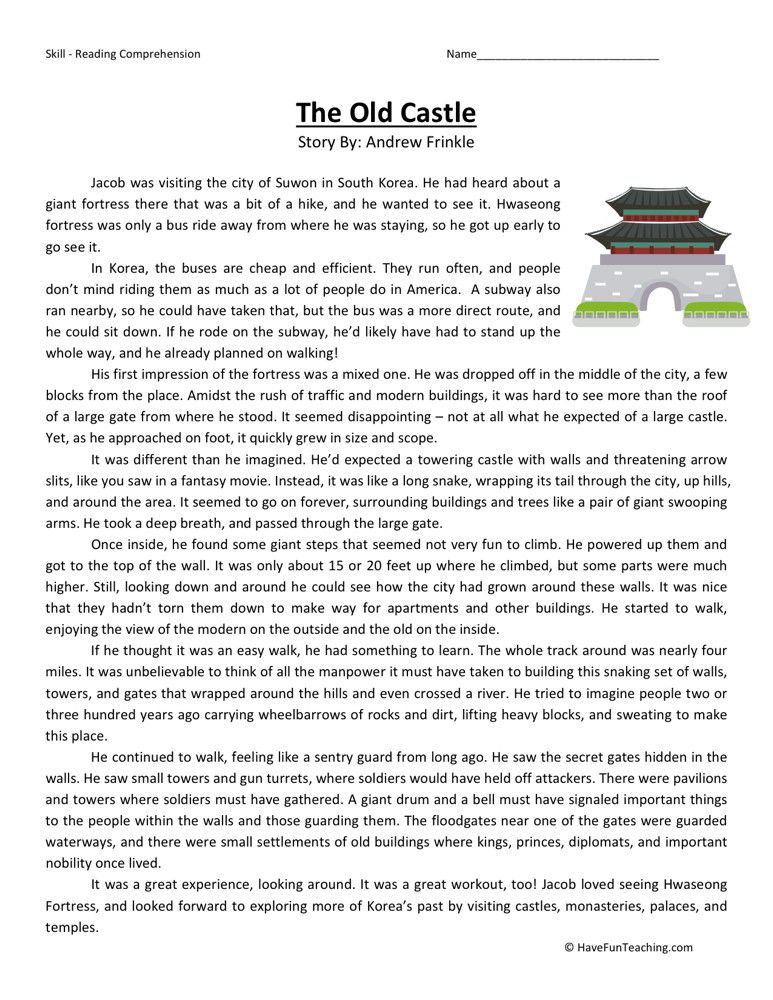 Using newly attained information as a launchpad or springboard to form their own original ideas can expand to new lines of thinking and new creations.
Using newly attained information as a launchpad or springboard to form their own original ideas can expand to new lines of thinking and new creations.
The most effective way to teach these six strategies to sharpen comprehension skills is by modeling during think-alouds. When teachers think out loud, they are showing students what skilled readers do.
The Case for Think-AloudsThink-alouds serve many purposes and offer many advantages. Conducting think-alouds is a way to create a record of the decision-making process, report everything the reader notices, feels, and understands, and talk about the strategies being used with the content being read.
To conduct think-alouds in the classroom, the teacher can:
-
Model the think-aloud while reading aloud as students listen
-
Think out loud during shared reading and ask students to help
-
Have students think out loud during shared reading while others help
-
Have students think out loud while writing in journals
-
Have students think out loud individually while writing in journals and then compare notes with other students
Think-alouds are excellent tools to use during shared reading times and read-alouds.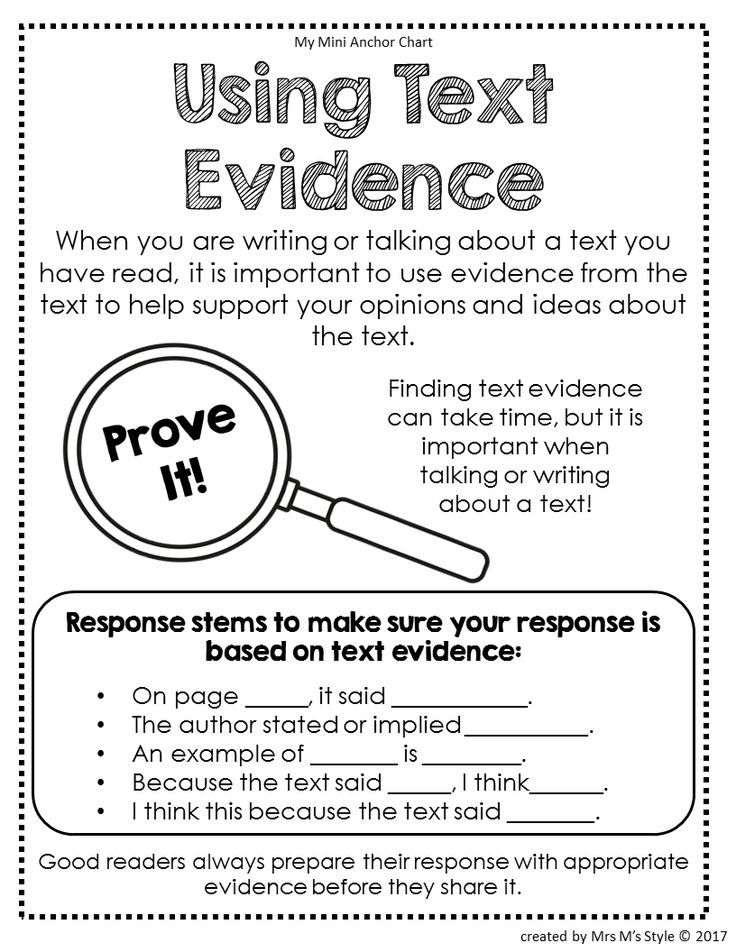 They are also ideal to use during small-group reading times.
They are also ideal to use during small-group reading times.
Prepare Ahead of Time
Choose a short text or section of text and read it ahead of time. Mark the spots where you will model your chosen strategy. Make sure to name the strategy for students and explain the focus of your think-alouds. Read through the text, stopping at marked points and thinking out loud. Reinforce your think-alouds with follow-up lessons.
Helpful Language Prompts to Use When Modeling with Think-Alouds
For each of the six comprehension strategies, there are helpful language prompts teachers can use to model strategies during think-alouds:
Making Connections
Some language prompts teachers can use to make connections include:
-
This reminds me of a time when…
-
I know about this topic because…
-
The setting of this text is just like…
Another prompt might be: What’s happening in this book is just like what happened in…
Asking Questions
Prompts that can be used to encourage thought-provoking questions might be:
-
While I’m reading, I’m trying to figure out…
-
I wonder why…
-
Why did (a certain character) do that?
-
What will happen next?
Teachers might also ask for students’ help—for instance, explaining that something doesn’t make sense and stating that they need to re-read it to find an answer.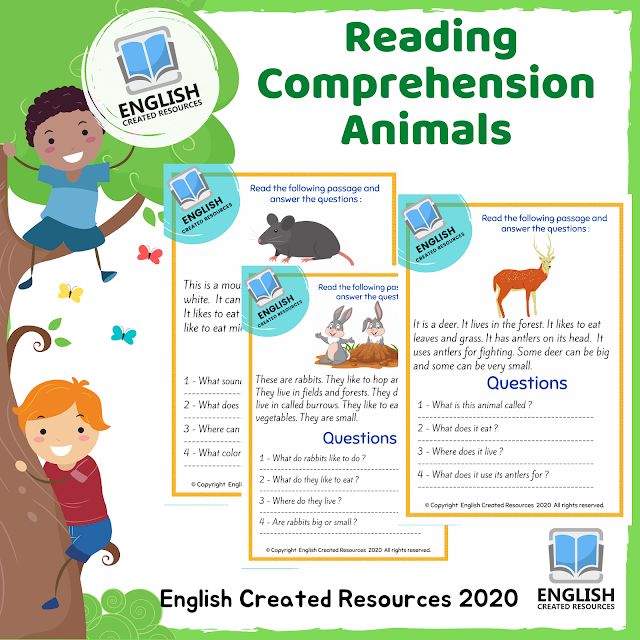
Visualizing
Prompts to help visualization can include:
-
When the author describes (this), I picture…
-
I can draw a picture of what is being described
-
I can really see what the author is talking about when they…
A final prompt could be: I really can imagine myself in (the setting)...
Determining Text Importance
Prompts to help determine text importance might be:
-
There is lots of information here, and I need to decide what is important
-
Let me take the big ideas and summarize
-
I know these details are important because they match my purpose for reading, which was to…
Teachers might also describe what they believe the author thinks is important and why.
Making Inferences
Prompts for inferring details might be:
-
The clues tell me that (this) is what’s really going on
-
I think (something) will happen next because the author said…
-
The author says this but means…
Using clues and “reading between the lines” is key when making inferences.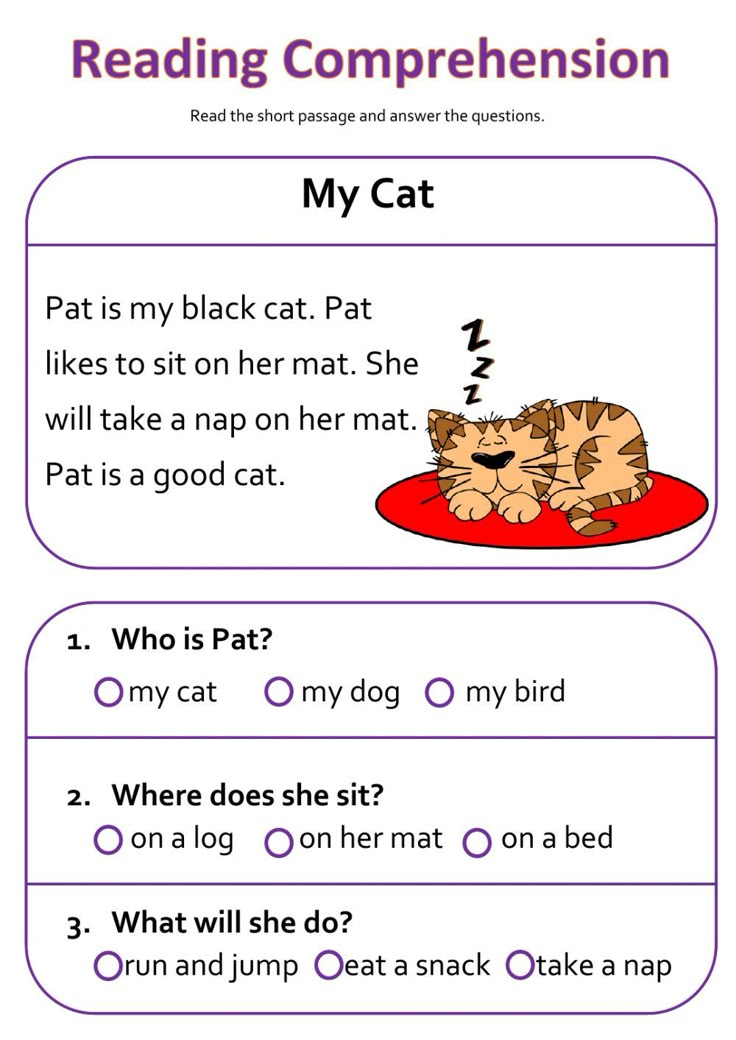
Synthesizing
Useful prompts for teachers for encouraging synthesizing during think-alouds can include:
-
My opinion of (this) is…
-
I first thought (this) about (this), but now, I think…
-
The story is about (this), and my views on it are…
Teachers can also invite students to share their own opinions and thoughts.
What Next?
Join Deborah Glaser, Ed.D. for an on-demand PD webinar, Reading Fluency: The Ultimate Goal of Reading Instruction. This webinar explores what it means to read fluently, and how this goal of reading impacts our instruction. Attendees will take away renewed understanding of their students’ reading fluency and many practice activity ideas that can be easily implemented right away in small-group intervention and during whole-group instruction.
Watch Now →
You May Like: Anchor Comprehenshion Workshop
|
Provide strategy-based instruction and intervention with consistent resources at the right levels.
|
April 15, 2022 | View: 2260 | Categories: Best Practices
Share this post
Search
7 Easy Ways to Improve Your Reading Comprehension • BUOM
By Indeed Editorial Team
June 9, 2021
This article has been approved by an Indeed Career Consultant.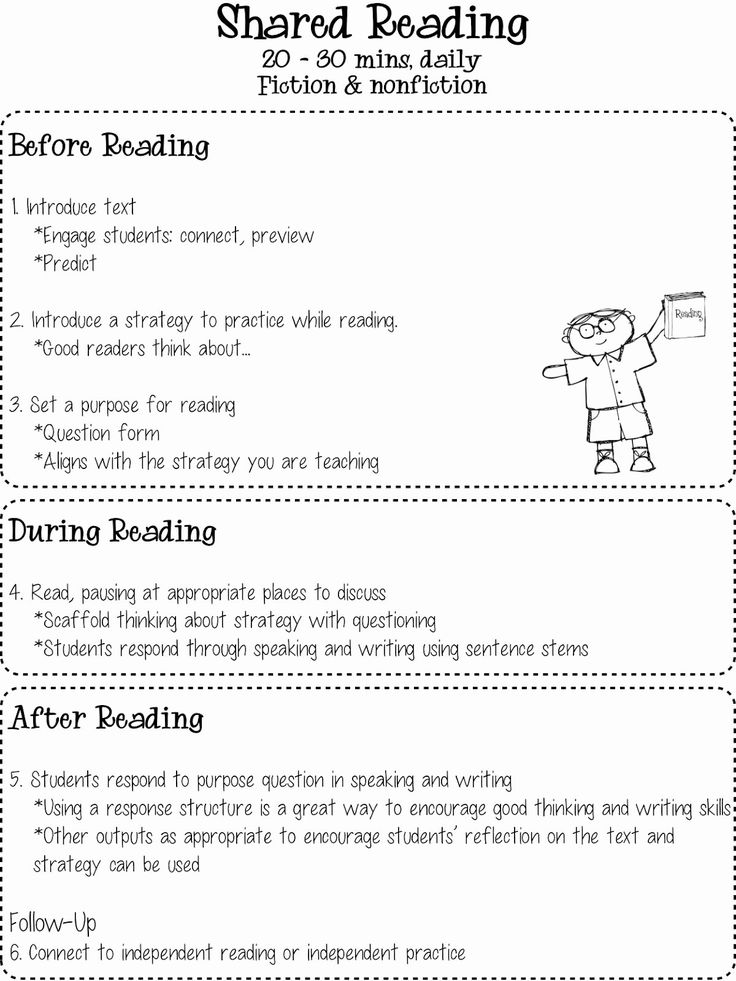
Comprehension is an important aspect of reading. When you read, try to understand and extract the meaning for a better understanding of what you are reading. By learning and implementing reading strategies and changing the way you read, you can improve your reading comprehension and make reading easier and more enjoyable.
In this article, we look at what reading comprehension is and the best strategies you can use to improve your reading skills.
What is reading comprehension?
Reading comprehension is the ability to comprehend or understand what you are reading. This is the intentional and active part of reading that happens before, during, and after you read something. By being able to understand what you read, you can make sense of the text and better understand what the author is trying to convey.
There are two components of reading comprehension: text comprehension and vocabulary knowledge. Vocabulary knowledge is the ability to understand the language being used, while text comprehension uses that language to develop an understanding of the text's meaning.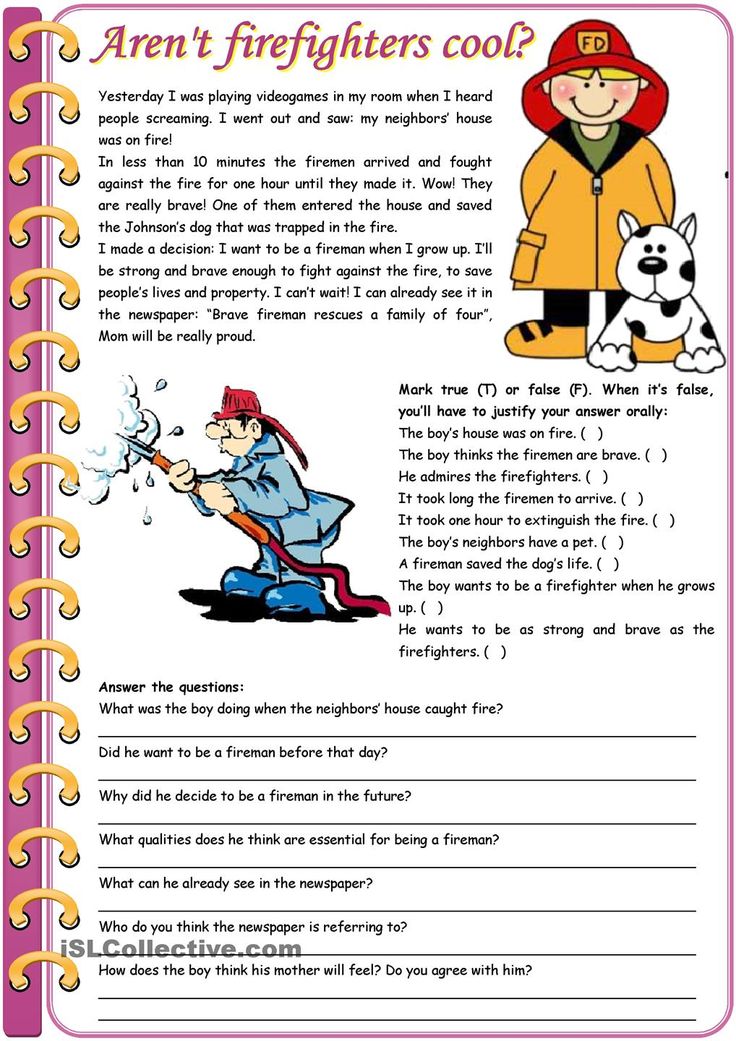
Why is reading comprehension important?
Reading comprehension is important for several reasons and can provide many benefits. The ability to read effectively can improve both your personal and professional life and increase your overall reading enjoyment. Knowing how to understand text can help improve your knowledge in certain areas and help you pick up new skills and information more quickly.
Additional benefits of good reading comprehension skills include:
-
Ability to understand, analyze and respond to documents and written communication in the workplace
-
Improved your ability to write clearly and effectively
-
Ability to understand and participate in current events which are presented in written form, for example, in newspapers.
-
Increased ability to focus on reading for extended periods of time.
-
Better Reading Enjoyment and Motivation
Related: The Value of Expanding Your Business Vocabulary
7 Reading Strategies You Can Use to Improve Your Comprehension Skills today to improve your reading comprehension skills.
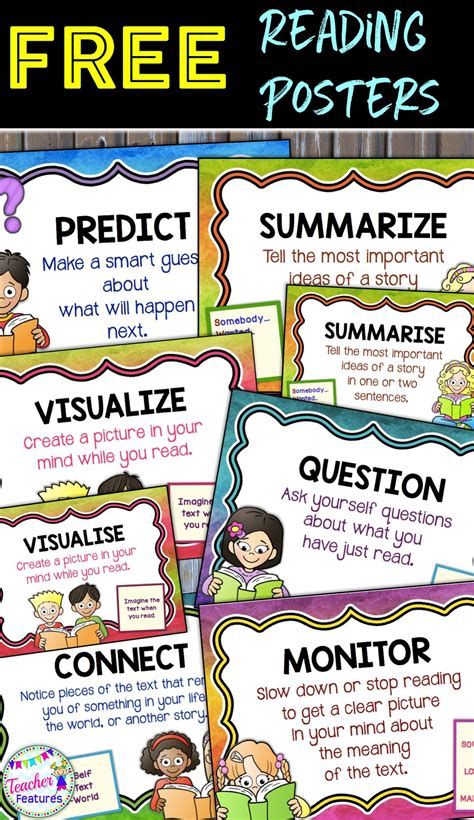 The more you practice, the better you will understand what you read. Below are seven simple strategies you can use to work on your comprehension skills:
The more you practice, the better you will understand what you read. Below are seven simple strategies you can use to work on your comprehension skills: -
Improve your vocabulary.
-
Make up questions about the text you are reading.
-
Use contextual hints.
-
Find the main idea.
-
Write a summary of what you read.
-
Break the reading into smaller parts.
-
Walk yourself.
Related: The Complete Guide to Strategic Planning
1. Improve your vocabulary
Knowing what the words you read means can improve your ability to understand the meaning of the text. To expand your vocabulary, you can:
-
Take the online vocabulary test to assess your current level of vocabulary understanding.
-
Use flashcards to test yourself for words you don't know once or twice a week.
-
Be sure to use the newly learned words in oral and written communication.
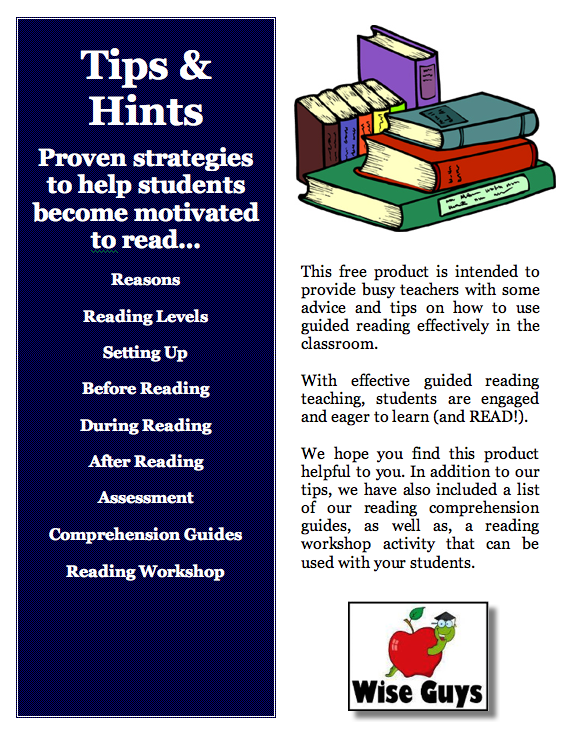
-
Read as much as you can to improve your ability to guess the meaning of a word in a particular context.
-
Make a list of unfamiliar words as you read and look them up in a dictionary.
Read more: 10 Easy Ways to Improve Your Vocabulary
2. Make up questions about the text you are reading
By asking questions about what you are reading, you can improve your reading comprehension by allowing you to immerse yourself in the text. It can also expand your general understanding of what you are reading, allowing you to explore themes, motifs, and other components of the text that you might not otherwise know about. The following are examples of questions you could ask as you read:
-
Why did the author start the book from this point?
-
What is the relationship between these two characters?
-
What do we know about the main character up to this point in the book?
-
Are there any themes that keep popping up throughout the book? If yes, what do they mean?
The more specific your questions, the more likely you are to understand the text and its meaning.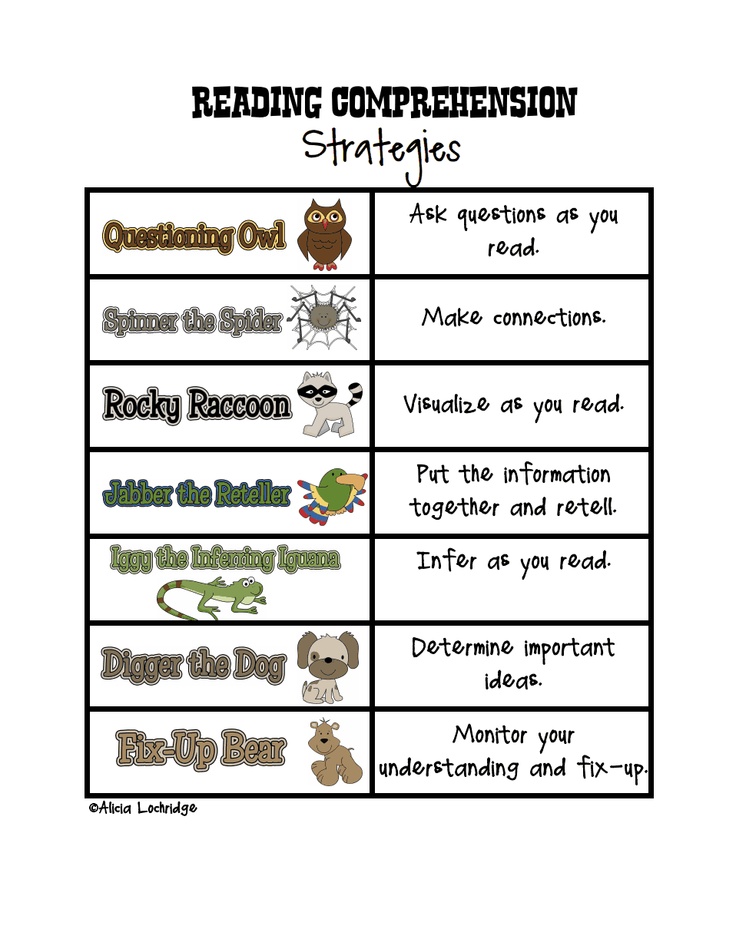
3. Use context prompts
Using context clues is a great way to understand what you're reading, even if you don't know all the vocabulary involved. Context clues can be found in the words and sentences surrounding a word you are unfamiliar with. To use context clues, you can focus on key phrases or ideas in a sentence and infer the main idea of a sentence or paragraph based on that information. You can also search for nearby words that are synonyms or antonyms for a word you don't know.
4. Look for the main idea
Determining the main idea of a paragraph or article can help you determine the importance of the article. Understanding why what you read is important will help you better understand what the author is trying to convey. When reading, pause every few paragraphs and see if you can decipher the main idea. Then try to state the main idea in your own words for even greater understanding.
5. Write a summary of what you read
A great way to expand your reading knowledge is to write a summary.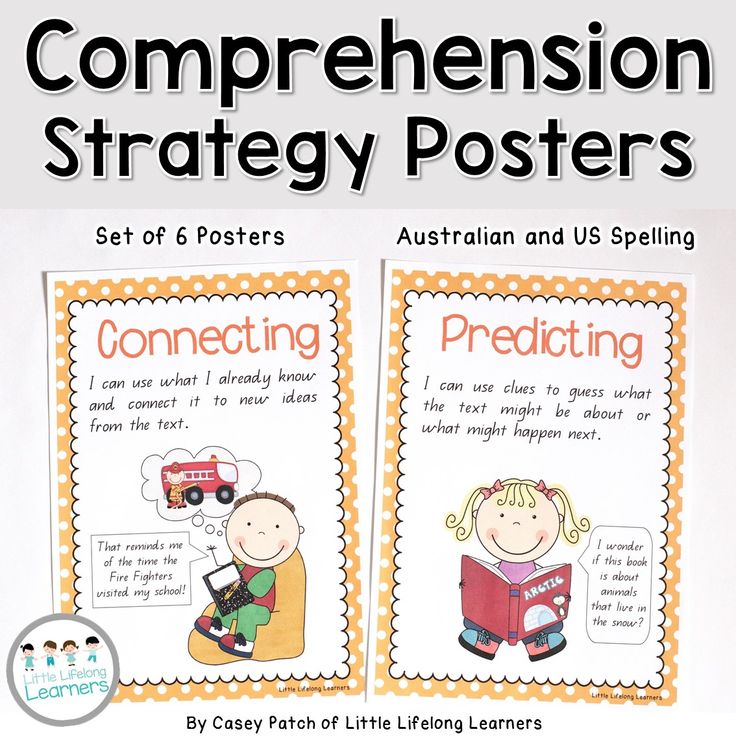 Summing up requires you to decide what is important in the text and then express it in your own words. Summing up allows you to determine if you really understand what you read and remember what you read better in the long run.
Summing up requires you to decide what is important in the text and then express it in your own words. Summing up allows you to determine if you really understand what you read and remember what you read better in the long run.
6. Break your reading into smaller parts
If you are reading a longer or more complex text, consider breaking it up into smaller parts. For example, you can read two paragraphs at a time and then pause to quickly summarize what you just read in your mind. Sharing what you read will help you feel less overwhelmed and give you a better chance of really understanding the information in the text.
7. Keep up the pace
Tempoing yourself is also an effective way to work on your reading comprehension skills by allowing you to set realistic goals for your reading practice and habits. This is especially true for books or other literature that you find difficult. Set yourself a goal that you know you can achieve every day. For example, instead of saying that you want to read the entire book in two days, say that you will read three chapters a night.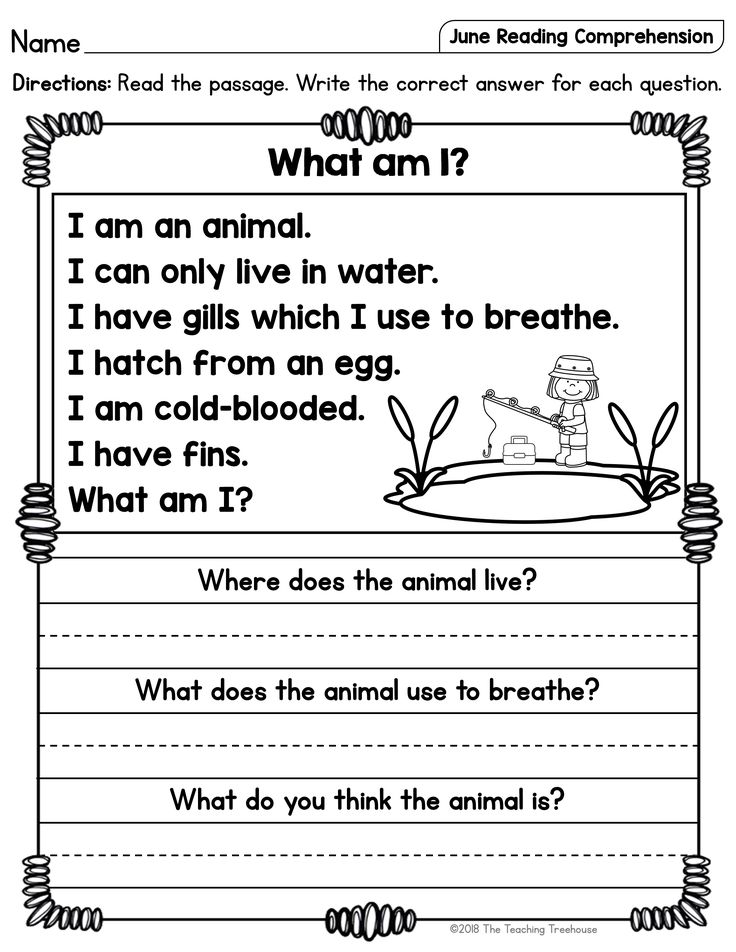 This allows you to achieve your goals and also gives you enough time to process what you read between each session.
This allows you to achieve your goals and also gives you enough time to process what you read between each session.
Tips for getting the most out of your reading comprehension practice
Reading is a fundamental part of everyday life. The more you include and prioritize reading and comprehension of what you read, the better your overall reading comprehension will become. These tips will help you make the most of your time as you practice your reading skills.
Eliminate distractions
When you are distracted, your ability to understand what you read is impaired. When reading—even if it's just an email—eliminate distractions and focus solely on the text. This will help you learn to pay attention to what you are reading and will let you know if you understand what you are reading.
Read a book below your reading level
Starting with books below your reading level, you will be able to develop and build on a basic level of reading comprehension.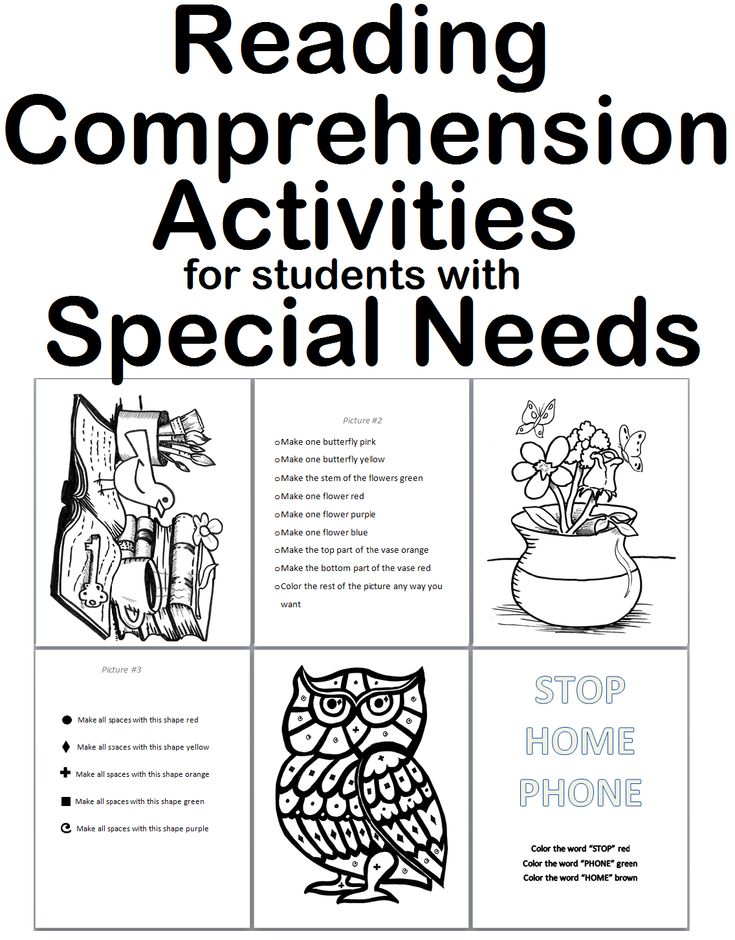 Instead of starting with books or other text that you find difficult, read what is comfortable for you and what you can easily understand. You can take an online test to determine your current reading level.
Instead of starting with books or other text that you find difficult, read what is comfortable for you and what you can easily understand. You can take an online test to determine your current reading level.
Reread the text to make sure you understand it
If you finish a sentence or paragraph and find that you don't understand what it is trying to convey, take the time to reread it until you understand. Try reading more slowly a second time and look up definitions for any words you don't know the meaning of.
Read aloud
Reading aloud incorporates both visual and auditory learning into your reading comprehension practice. It also makes you slow down and gives you more time to process what you are reading.
Methods for teaching the strategy of semantic reading and working with text
1. Introduction
the need to develop new approaches to teaching reading.
Problems:
- children have a low reading speed, as a result of which they spend a lot of time preparing homework,
- they often do not understand the meaning of what they read due to reading errors and incorrect intonation,
- they cannot extract the necessary information from the proposed text, highlight the main thing in what they read,
- find it difficult to briefly retell the content,
- when doing independent work, tests of different levels, students make mistakes due to misunderstanding of the wording of the task,
- they rarely refer to cognitive texts.
That is, a serious contradiction arises: on the one hand, the modern world brings down a huge amount of information on us, on the other hand, our children do not read much, do not have semantic reading skills, and do not know how to work with information.
It is not so important to read a lot, it is much more necessary to process what you read in your mind in a quality manner. Having comprehended and structured the text in a certain way, it is much easier to convey its content and learn the main thing.
The current interdisciplinary curriculum, provided for by the new educational standards, is the program "Fundamentals of semantic reading and working with text." The program is aimed at forming and developing the foundations of reading competence necessary for students to implement their future plans, including continuing education and self-education, preparing for work and social activities. Today, reading, along with writing and computer skills, is one of the basic skills that allow you to work productively and communicate freely with different people.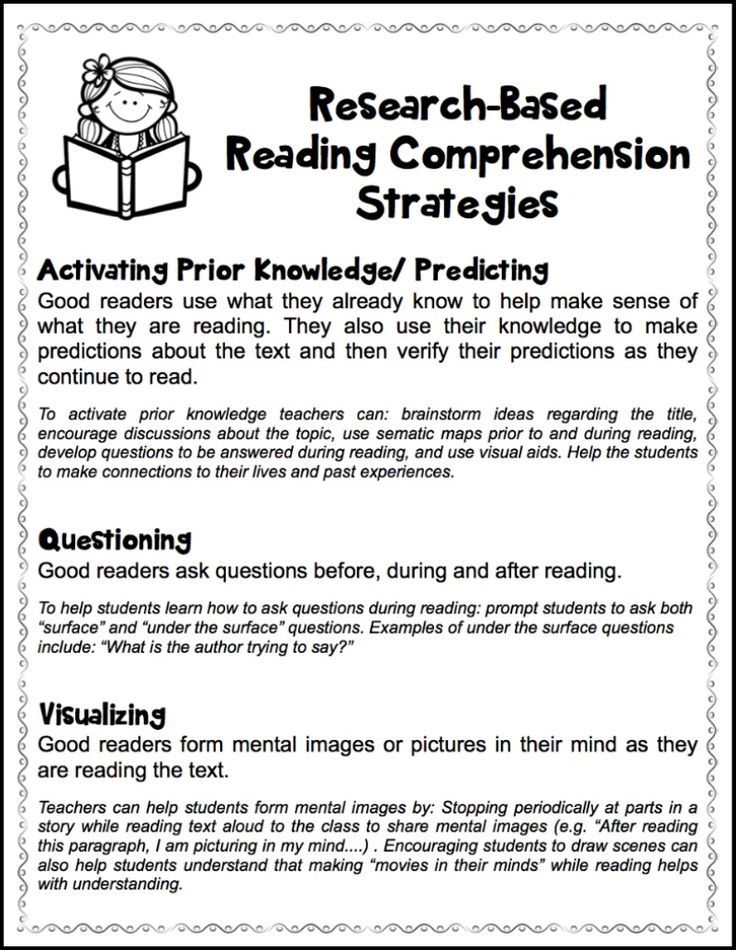 Reading is a universal skill: it is something taught and something through which one learns. As scientists have established, about 200 factors affect student performance. Factor #1 is reading skill, which has a far greater impact on academic performance than all of them combined. Research shows that in order to be competent in all subjects and later in life, a person needs to read 120-150 words per minute. This becomes a necessary condition for the success of working with information. Reading is the foundation of all educational outcomes.
Reading is a universal skill: it is something taught and something through which one learns. As scientists have established, about 200 factors affect student performance. Factor #1 is reading skill, which has a far greater impact on academic performance than all of them combined. Research shows that in order to be competent in all subjects and later in life, a person needs to read 120-150 words per minute. This becomes a necessary condition for the success of working with information. Reading is the foundation of all educational outcomes.
2. Semantic reading in the context of the new Federal State Educational Standards
Federal standards include in the meta-subject results of mastering OOP as a mandatory component "mastering the skills of semantic reading of texts of various styles and genres in accordance with the goals and objectives."
Semantic reading is a type of reading aimed at understanding the semantic content of the text by the reader.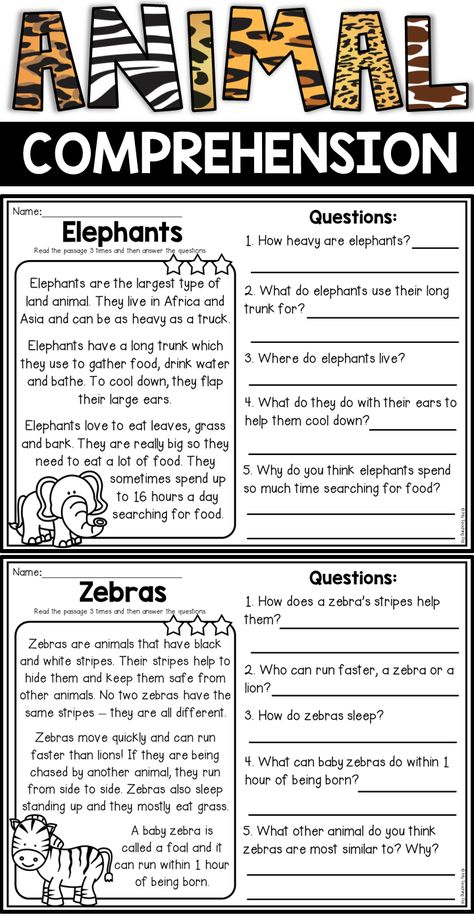 For semantic understanding, it is not enough just to read the text, it is necessary to evaluate the information, respond to the content.
For semantic understanding, it is not enough just to read the text, it is necessary to evaluate the information, respond to the content.
In the concept of universal educational activities (Asmolov A.G., Burmenskaya G.V., Volodarskaya I.A., etc.) actions of semantic reading related to:
- understanding the purpose and choosing the type of reading depending on the tasks;
- definition of primary and secondary information;
- by formulating the problem and the main idea of the text.
For semantic understanding, it is not enough just to read the text, it is necessary to evaluate the information, respond to the content. The concept of "text" should be interpreted broadly. It can include not only words, but also visual images in the form of diagrams, figures, maps, tables, graphs.
Since reading is a meta-subject skill, its constituent parts will be in the structure of all universal educational activities:
- personal UUD includes reading motivation, learning motives, attitude towards oneself and school;
- in the regulatory UUD - the student's acceptance of the learning task, arbitrary regulation of activity;
- in cognitive UUD - logical and abstract thinking, working memory, creative imagination, concentration of attention, vocabulary volume.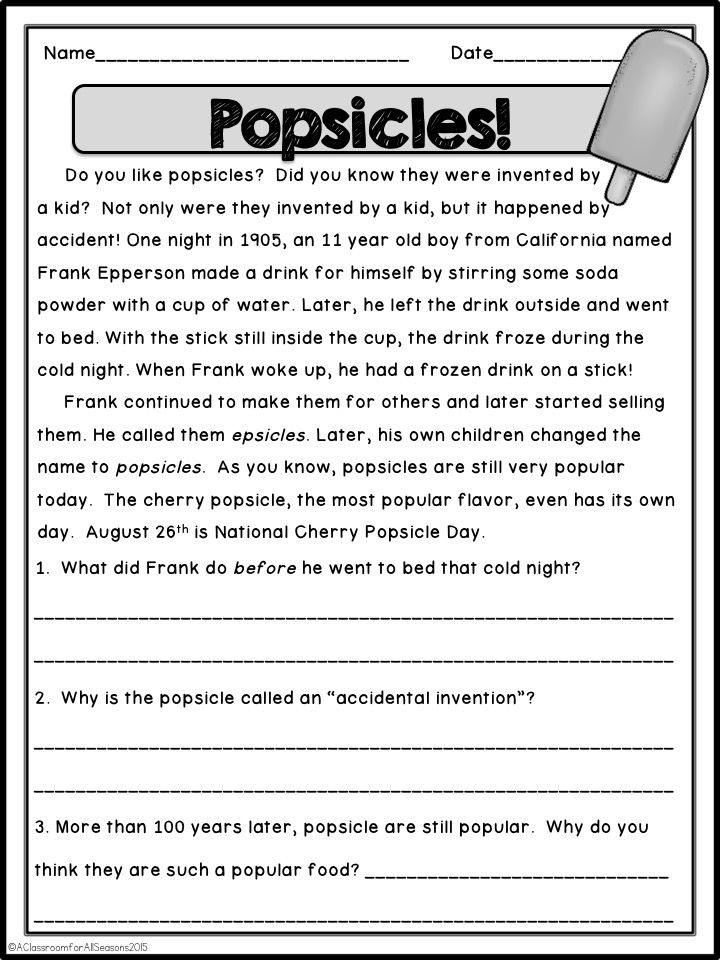
- in communicative UUD - the ability to organize and implement cooperation and cooperation with a teacher and peers, adequately convey information, display subject content.
The diagram shows groups of meta-subject results related to semantic reading.
3. Semantic reading strategies
To work with the text at each stage, the reader chooses his own strategies. Learning strategies are a set of actions that a learner takes in order to facilitate learning, make it more effective, efficient, faster, more enjoyable, aim and bring learning activities closer to their own goals.0003
The term "reading strategies" was born at the dawn of psycholinguistics, and its appearance is associated with the work of Kenneth Goodman and Peter Kolers (70s). (slide 14) The most general definition of J. Bruner became fundamental for all subsequent works: “A strategy is a certain way of acquiring, storing and using information that serves to achieve certain goals in the sense that it should lead to certain results.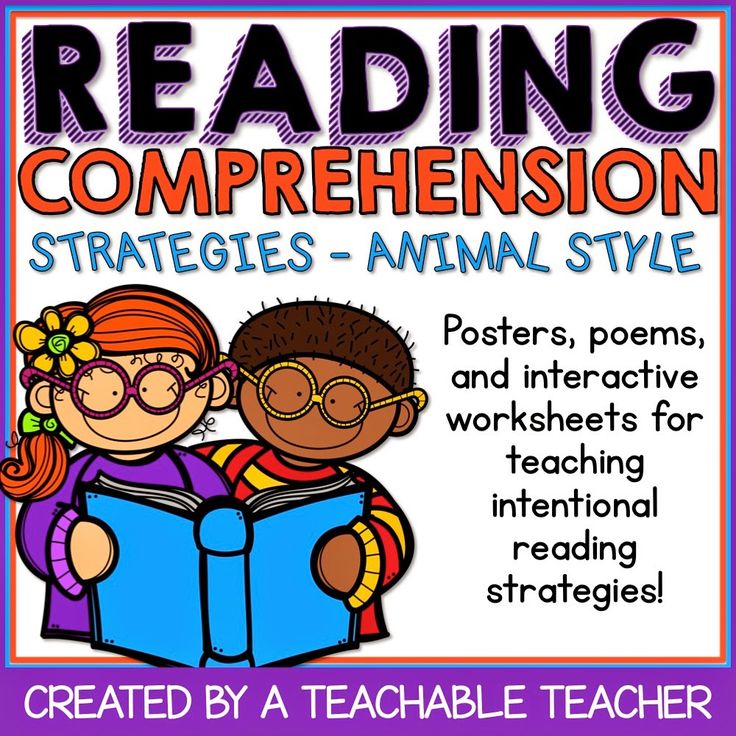 ”
”
If successful, the student remembers the ways of his actions, operations, resources used, transfers the strategy to other situations, makes it universal. The number of strategies and the frequency of their use are individual.
Strategy No. 1. Directed reading
Purpose: to form the ability to purposefully read the educational text. Ask questions and lead group discussions.
1. Update. Reception "Associative Bush": the teacher writes a keyword or title of the text, students express their associations one by one, the teacher writes down. The use of this technique allows you to update knowledge, motivate subsequent activities, activate the cognitive activity of students, set them up for work.
2. The students silently read a short text or part of the text, stopping at the indicated places.
3. The teacher asks a problematic question on what has been read.
4. The answers of several students are discussed in class.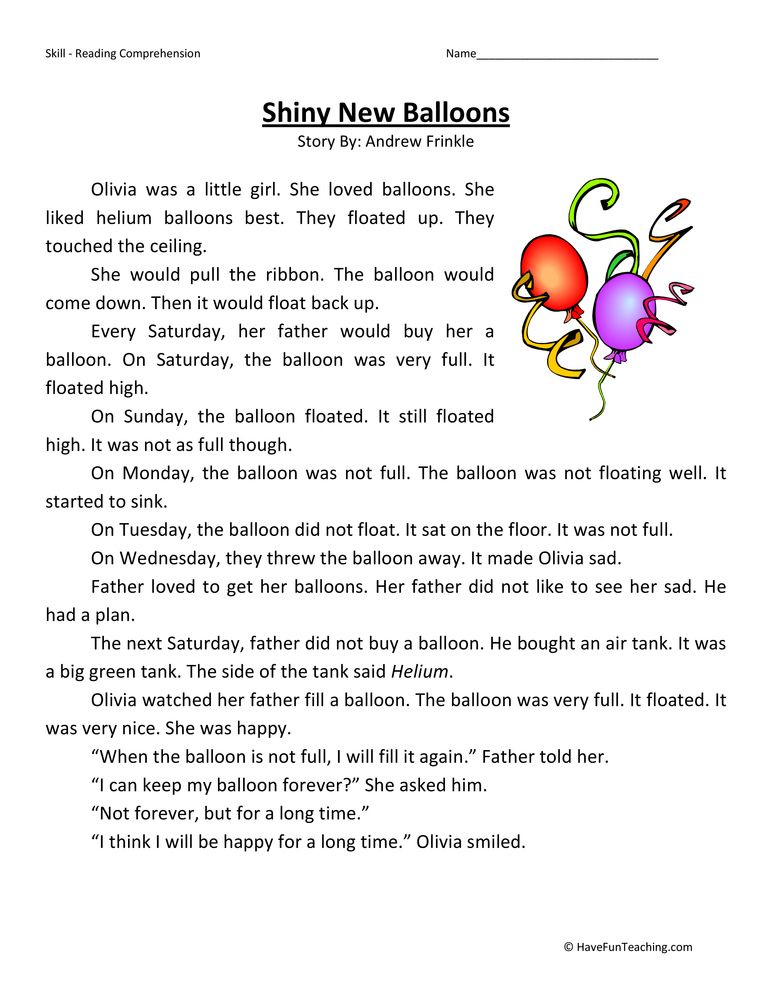
5. The students make an assumption about the further development of the event.
Strategy #2. Reading in pairs - generalization in pairs
Goal: to form the ability to highlight the main thing, summarize what was read in the form of a thesis, ask problematic questions.
1. The students silently read the text or part of the text chosen by the teacher.
2. The teacher puts the students in pairs and gives clear instructions. Each student alternately performs two roles: speaker - reads and summarizes the content in the form of one thesis; the respondent listens to the speaker and asks him two substantive questions. Next comes the role reversal.
3. The teacher invites all students to the discussion.
Strategy No. 3. Read and ask
Purpose: to form the ability to work independently with printed information, formulate questions, work in pairs.
1.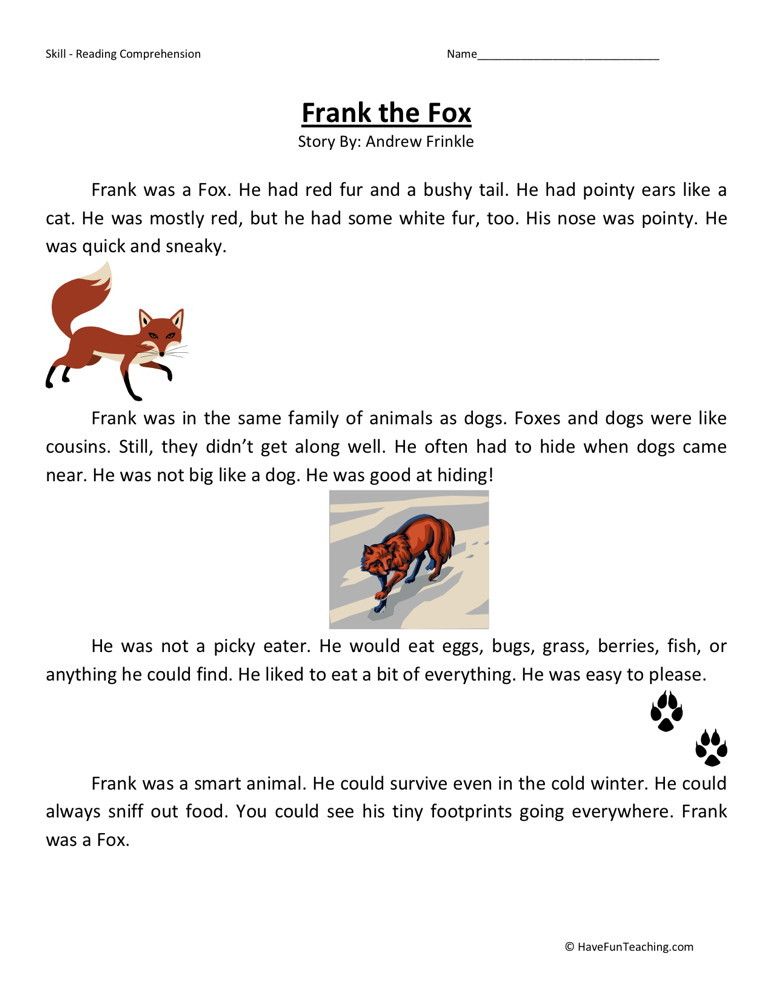 Students silently read the proposed text or part of the text chosen by the teacher.
Students silently read the proposed text or part of the text chosen by the teacher.
2. The students work in pairs and discuss which key words should be highlighted in the reading. (Which words occur most often in the text? How many times? Which words are in bold? Why?
If you read the text aloud, how would you make it clear that this sentence is the main thing? It is about highlighting the phrase voice, which hides an unobtrusive but reliable memorization.)
3. One of the students formulates a question using key words, the other answers it.
4. Discuss key words, questions and answers in class. Correction.
Strategy No. 4. Double entry diary
Purpose: to form the ability to ask questions while reading, critically evaluate information, compare what is read with one's own experience.
1. The teacher instructs the students to divide the notebook into two parts.
2.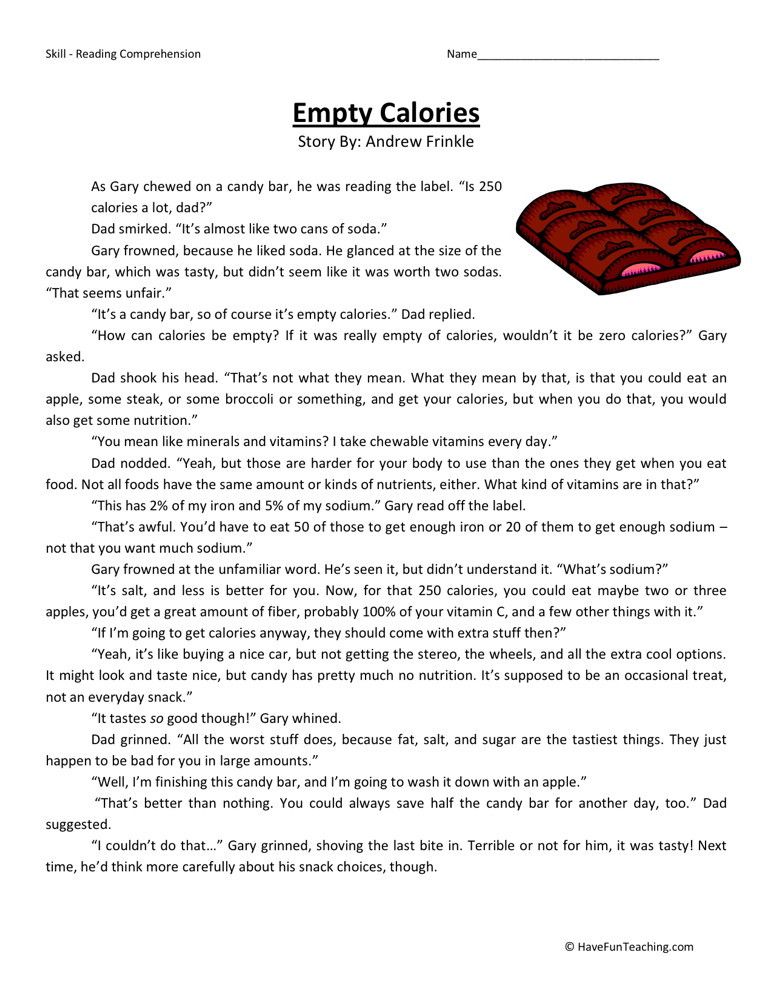 In the process of reading, students should write down on the left side the moments that struck, surprised, reminded of some facts, caused any associations; on the right - write a concise commentary: why this particular moment surprised you, what associations it caused, what thoughts it prompted.
In the process of reading, students should write down on the left side the moments that struck, surprised, reminded of some facts, caused any associations; on the right - write a concise commentary: why this particular moment surprised you, what associations it caused, what thoughts it prompted.
Strategy No. 5. Reading with notes
Goal: to form the ability to read thoughtfully, evaluate information, formulate the author's thoughts in your own words.
The teacher gives the students the task to write information in the margins with icons according to the following algorithm:
- V Familiar information
- + New information
- - I thought (thought) otherwise
- ? This interested me (surprised), I want to know more
The essence of semantic reading strategies is that the strategy is related to choice, functions automatically at the unconscious level and is formed in the course of the development of cognitive activity.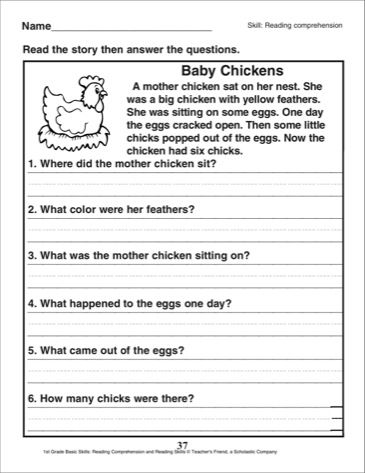 Teaching reading strategies includes the acquisition of skills:
Teaching reading strategies includes the acquisition of skills:
- Distinguishing types of message content - facts, opinions, judgments, evaluations;
- recognition of the hierarchy of meanings within the text - the main idea, theme and its components;
- own understanding - the process of reflective perception of the cultural meaning of information.
Mastering strategies occurs mainly in groups or pairs, which allows students to develop not only speech, but also communicative competence.
4. Methods of teaching the strategy of semantic reading and working with text
The strategy of semantic reading provides understanding of the text by mastering the techniques of its development at the stages before reading, during reading and after reading. Working with any text involves three stages: pre-text activity, text and post-text activity
Stage 1. Work with text before reading.
1. Anticipation (anticipation, anticipation of the upcoming reading). Determining the semantic, thematic, emotional orientation of the text, highlighting its heroes by the title of the work, the name of the author, key words, illustrations preceding the text based on the reader's experience.
Determining the semantic, thematic, emotional orientation of the text, highlighting its heroes by the title of the work, the name of the author, key words, illustrations preceding the text based on the reader's experience.
2. Setting the objectives of the lesson, taking into account the general (educational, motivational, emotional, psychological) readiness of students for work.
Purpose of stage 1: development of the most important reading skill, anticipation, that is, the ability to guess, predict the content of the text by title, author's name, illustration.
Techniques of pre-text activity:
If earlier, according to the traditional method, only one task “Read the text” was given at the stage of pre-reading the text, and the main attention was paid to control of reading comprehension, now we know that the better organized the stage of pre-reading, the easier it is for the student to read the text and the higher the result achieved by him.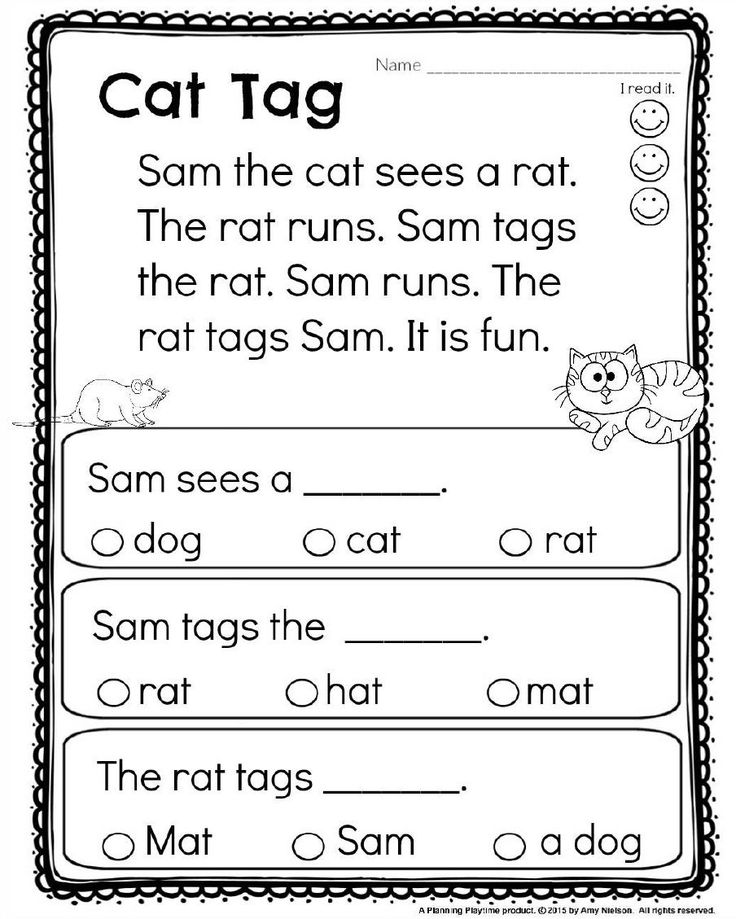
Pre-text orienting techniques are aimed at staging reading and, consequently, at choosing the type of reading, updating previous knowledge and experience, concepts and vocabulary of the text, as well as creating motivation for reading.
Most common techniques:
- Brainstorming
- Glossary
- "Landmarks of anticipation"
- Preliminary Questions
- "Dissection questions".
Brainstorming, Headline Forecast.
The goal is to update previous knowledge and experience related to the topic of the text.
The question is asked: what associations do you have about the stated topic?
Associations are written on the board.
The teacher can add various information.
Reading text. Comparison of information with that learned from the text.
"Glossary"
The purpose of is to update and repeat the vocabulary related to the topic of the text.
The teacher says the name of the text, gives a list of words and suggests marking those that may be related to the text.
Having finished reading the text, they return to these words (this will be a post-text strategy) and look at the meaning and use of the words used in the text.
"Landmarks of anticipation"
The purpose of is to update previous knowledge and experience related to the topic of the text. Students are given judgments. They should mark the ones they agree with. After reading, they mark them again. If the answer has changed, then the students explain why this happened (post-text strategy)
"Dissections of the Question"
The goal of is a semantic guess about the possible content of the text based on the analysis of its title. It is proposed to read the title of the text and divide it into semantic groups. What do you think the text will be about?
"Preliminary questions"
The purpose of is to update existing knowledge on the topic of the text.
Detailed reception algorithm:
1. Scan the text quickly. (Review reading.)
2. Answer the question posed in the title of the text.
Stage 2. Working with text while reading.
Purpose of stage 2: understanding of the text and creation of its reader's interpretation (interpretation, evaluation).
1. Primary reading of the text. Independent reading in the classroom or reading-listening, or combined reading (at the choice of the teacher) in accordance with the characteristics of the text, age and individual abilities of students. Identification of primary perception (with the help of a conversation, fixing primary impressions, related arts - at the teacher's choice).
2. Rereading the text. Slow "thoughtful" repeated reading (of the whole text or its separate fragments). Text analysis. Statement of a clarifying question for each semantic part.
3. Conversation on the content of the text. Summary of what has been read. Identification of the hidden meaning of the work, if any. Statement of generalizing questions to the text, both by the teacher and by the children. Appeal (if necessary) to individual fragments of the text.
Text activities include:
- Read aloud
- "Reading to yourself with questions"
- "Reading with stops"
- "Reading to yourself with a note"
"Reading aloud"
The goal is to check the understanding of the text read aloud .
1. Reading text paragraph by paragraph. The task is to read with understanding, the task of the listeners is to ask the reader questions to check whether he understands the text being read.
2. Listeners ask questions about the content of the text, the reader answers. If his answer is incorrect or inaccurate, the listeners correct him.
“Reading to yourself with questions”
The goal is to teach you to read the text thoughtfully by asking yourself increasingly difficult questions .
1. Reading the first paragraph. Questions are being asked.
2. Reading the second paragraph to yourself. Work in pairs. One student asks questions, the other answers.
3. Reading the third paragraph. They change roles. They ask questions and answer.
Stop Reading
Goals - managing the process of comprehending the text while reading it.
Reading the text with stops during which questions are asked. Some of them are aimed at testing understanding, others - at predicting the content of the following passage.
“Reading to yourself with notes” (“Insert”)
The goal is to monitor the understanding of the text being read and its critical analysis . This strategy is most often used to work with complex scientific texts. It is used to stimulate more careful reading. Reading becomes an exciting journey.
1. Individual reading.
While reading, the student makes notes in the text:
- V – already knew;
- + - new;
- - thought differently;
- ? - I do not understand, there are questions.
2. Reading, the second time, fill in the table, systematizing the material.
| Already knew (V) | Learned something new (+) | Thought otherwise (–) | Questions (?) |
Records - keywords, phrases. After completing the table, students will have a mini-outline. After the students fill in the table, we summarize the results of the work in the conversation mode. If the students have any questions, then I answer them, having previously found out if one of the students can answer the question that has arisen. This technique contributes to the development of the ability to classify, systematize incoming information, highlight the new.
“Creating a question plan”.
The student carries out a semantic grouping of the text, highlights the strong points, divides the text into semantic parts and titles each part with a key question
Stage 3. Working with text after reading .
Purpose: correction of the reader's interpretation in accordance with the author's intention
1. Conceptual (semantic) conversation on the text. Collective discussion of the read, discussion. Correlation of readers' interpretations (interpretations, evaluations) of the work with the author's position. Identification and formulation of the main idea of the text or the totality of its main meanings.
2. Acquaintance with the writer. Story about a writer. Talk about the personality of the writer. Working with textbook materials, additional sources.
3. Work with the title, illustrations. Discussing the meaning of the title. Referring students to ready-made illustrations. Correlation of the artist's vision with the reader's idea.
4. Creative tasks based on any area of students' reading activity (emotions, imagination, comprehension of content, artistic
Techniques for post-text activities.
- "Relationship between question and answer"
- "Time out"
- "Checklist"
- "Questions after the text"
"Relationship between question and answer"
The goal is to teach understanding of the text . One of the most effective post-text techniques. It differs from the rest in that it teaches the process of understanding the text, and does not control the result (understood - did not understand), shows the need to search for the location of the answer.
The answer to the question can be in the text or in the reader's word. If the answer is in the text, it can be in one sentence of the text or in several of its parts. To answer the question, you need to find the exact answer in one sentence of the text. If it is contained in several parts of the text, such an answer must be formulated by connecting them.
If the answer is in the reader's head, then in one case the reader constructs it by connecting what the author says between the lines or in indirect form, and how the reader himself interprets the words of the author. In another case, the answer is outside the text and the reader is looking for it in his knowledge.
“Time out”
Objectives - self-test and assessment of understanding of the text by discussing it in pairs and in a group.
Reception implementation algorithm:
1. Reading the first part of the text. Work in pairs.
2. Ask each other clarifying questions. They answer them. If there is no confidence in the correctness of the answer, questions are submitted for discussion by the whole group after the completion of the work with the text.
Checklist
This strategy is quite flexible. It lays down the conditions for the qualitative performance of any task. The "checklist" is compiled by the teacher for students at the first stages of applying the strategy.
Checklist "Brief retelling":
1. The main idea of the text is named. (Yes/No.)
2. The main thoughts of the text and the main details are named. (Yes/No.)
3. There is a logical and semantic structure of the text. (Yes/No.)
4. There are necessary means of communication that unite the main ideas of the text. (Yes/No.)
5. The content is presented in one's own words (language means) while preserving the lexical units of the author's text. (Yes/No.)
“Questions after the text”
The classification of questions, known as the “Taxonomy of questions”, involves a balance between groups of questions to:
- the factual information of the text, presented verbally;
- subtext information hidden between lines, in subtext;
- conceptual information, often outside the text.
These three groups of questions are now being supplemented with a fourth - a group of evaluative, reflective questions related to the critical analysis of the text.
"Thin" and "thick" questions
After studying the topic, students are asked to formulate three "thin" and three "thick" questions related to the material covered. They then quiz each other using tables of "thick" and "thin" questions.
| Thick questions | Subtle questions |
| Explain why….? | Who..? What…? When…? |
- Read the text.
- What words occur most often in the text? How many times?
- Which words are in bold? Why?
- If you were to read the text aloud, how would you make it clear that this sentence is the main one?
- Noun (subject).
- Two adjectives (description)
- Three verbs (action).
- Four-word phrase (description).
- Noun (paraphrasing of the topic).
- How many paragraphs of the text?
- Pay attention to the words in thinned and bold type.
- Write out keywords.
- Coordinating conjunctions
- Intonation
- general minor member
- Explanatory words
- Comma
- Semicolon
- Dash
- No comma
- Reading 1 paragraph.
- We ask questions to the reader, he answers them.
- Reading in pairs to yourself 2 paragraphs, one student asks a question - the other answers.
- Reading 3, 4 paragraphs - students change roles.
- Give an example of a complex sentence, give a description according to the plan, draw up a diagram;
- make a mind map.
Question Tree
Krona - what? where? when? Barrel - why? How? Could you? Roots - how to relate the text to life? With current events? What is the author trying to show?
"Bloom's Cube" (Benjamin Bloom is a famous American teacher, author of many pedagogical strategies = technician).
The beginnings of the questions are written on the sides of the cube: “Why?”, “Explain”, “Name”, “Suggest”, “Think up”, “Share”. The teacher or student rolls the die.
It is necessary to formulate a question to the educational material on the side on which the cube fell.
The “Name” question is aimed at the level of reproduction, that is, at the simple reproduction of knowledge.
The question "Why" - the student in this case must find cause-and-effect relationships, describe the processes that occur with a particular object or phenomenon.
"Explain" question - the student uses concepts and principles in new situations.
Question Tree
Options for working with text.
"Questions to the text of the textbook"
The strategy allows you to form the ability to work independently with printed information, formulate questions, work in pairs.
We are talking about highlighting a phrase with your voice. Here lies an unobtrusive but reliable memorization.
Cluster
I use clusters for structuring and systematizing material. A cluster is a way of graphic organization of educational material, the essence of which is that in the middle of the sheet the main word (idea, topic) is written or sketched, and ideas (words, pictures) associated with it are fixed on the sides of it.
"Keywords"
These are words that can be used to compose a story or definitions of some concept.
"True and False Statements"
U is a universal technique that contributes to the actualization of students' knowledge and the activation of mental activity. This technique makes it possible to quickly include children in mental activity and it is logical to proceed to the study of the topic of the lesson. Reception forms the ability to assess the situation or facts, the ability to analyze information, the ability to reflect one's opinion. Children are invited to express their attitude to a number of statements according to the rule: true - "+", not true - "-".
"Do you believe..."
It is carried out in order to arouse interest in the study of the topic and create a positive motivation for independent study of the text on this topic.
Conducted at the beginning of the lesson, after the announcement of the topic.
Sincwine
Develops the ability of students to highlight key concepts in the reading, the main ideas, synthesize the knowledge gained and show creativity.
Sinkwine structure:
"Mental maps" (graphic method of text organization),
Mind Mapping is a mind visualization technique. The applications of mental maps are very diverse - for example, they can be used to fix, understand and remember the content of a book or text, generate and write down ideas, understand a new topic for yourself, prepare for making a decision.
In the center of a landscape sheet, one word indicates the theme, which is enclosed in a closed outline. Branches are drawn from it, on which keywords are located. Sub-branches are added to branches until the topic is exhausted.
Mind maps activate memory. Lists, solid text, trees, and diagrams are the same. Mind maps, on the other hand, use every possible means to activate perception through diversity: different line weights, different colors of branches, precisely chosen keywords that are personally meaningful to you, the use of images and symbols. The technique of mental maps helps not only to organize and organize information, but also to better perceive, understand, remember and associate it.
5. Diagnosis of educational outcomes using semantic reading techniques
The network project "Semantic Reading Techniques" [1] describes the model of V.V. Pikan, in which all cognitive levels are illustrated by exemplary examples of key questions and tasks that make it possible to diagnose the quality of mastering knowledge and ways of students' activities. Each of the cognitive levels (knowledge, understanding, application, generalization and systematization, value attitude) is assigned the number of points received for completing the tasks of the mastered level. The table below shows examples of questions and tasks, assessment criteria.
| Cognitive levels and assessment criteria | Sample key questions and tasks (beginning of wording) |
| Knowledge - 1 point | Name. |
| Comprehension - 2 points | Do you understand… Explain the relationship. Why ... Connect in semantic pairs .... Show on the graph... |
| Application - according to sample 3 b. | Make an offer…. Identify Traits character…. Apply the appropriate rule.... Compare…. Draw conclusions.... Present your point of view... |
| Generalization and systematization | Make a summary…. Make a table. |
| Value attitude - 2-10 b. | What does it matter…. What do you think…. Do you like…. |
6. Implementation of semantic reading technology techniques
1. Work with text before reading. Reception dissection question.
It is proposed to read the title of the paragraph "Compound sentence", the title of the scientific style text, and divide it into semantic groups; answer the question: what do you think the text will be about?
2. Working with text while reading.
Primary reading . Review reading or introductory reading:
1. Compound
2. Communication
3. Additional communications
4. Punctuation marks
Learning reading . Rereading text
3. Work with the text after reading.
Work in groups: 1 group, using keywords, makes up a story about a compound sentence; Group 2, based on the plan for syntactic analysis of a simple sentence, draws up a plan for characterizing a complex sentence.
General reference:
Fig.1. Mind map "Compound sentence" of a 9th grade student Samara D.
7. Conclusion
Semantic reading forms cognitive interest, the ability to compare facts and draw conclusions, activates the imagination, develops speech, thinking, and also teaches how to work with information. The active implementation of semantic reading strategies, technologies by all teachers of various academic disciplines will make our graduates full members of the new information society.
References and references
- Project "Semantic Reading Techniques" Auth. Dozmorova E.V., Director of the Center for Innovations in Education of the FPC and PC TSPU, Ph.D. - https://www.planeta.tspu.ru/files/file/doc/1464065663.pdf
- Federal State Educational Standard for Primary General Education // http://standart.edu.ru/catalog.aspx?CatalogId=959.
- Variable learning technology / under.

